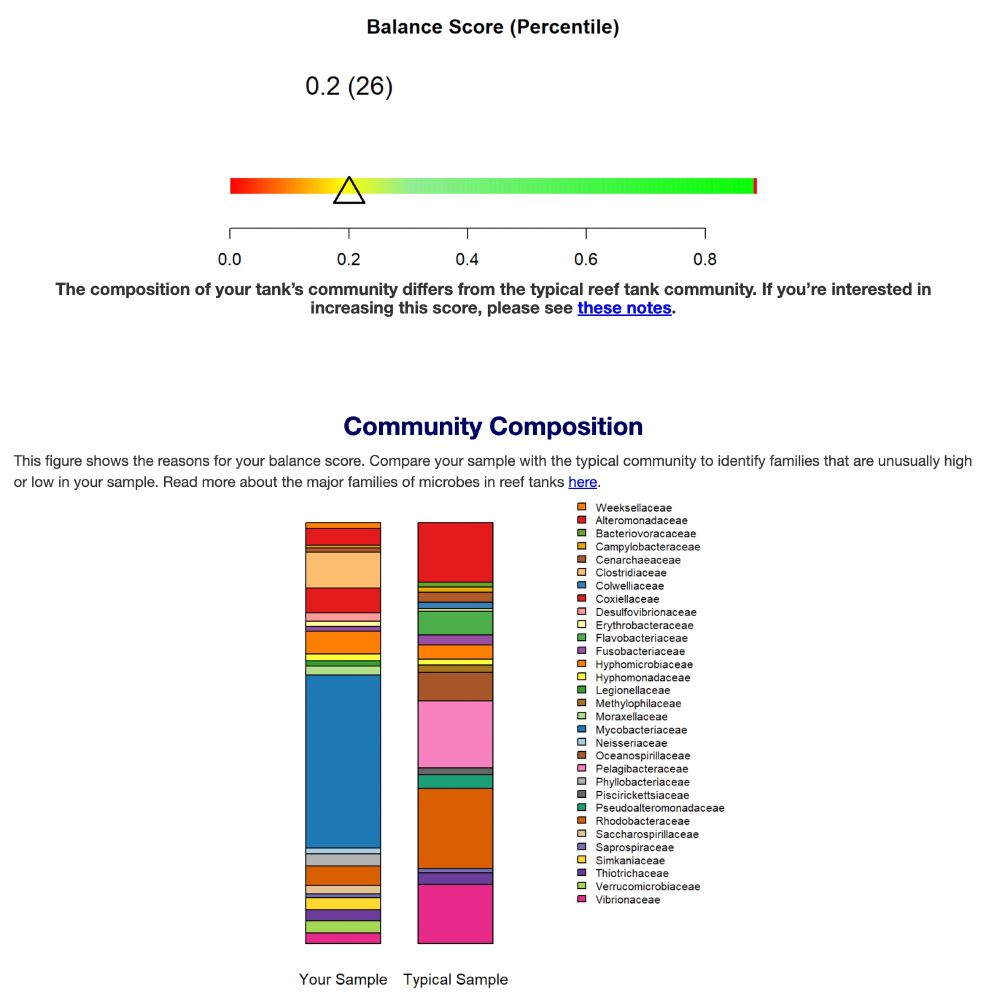





www.nature.com/articles/ism...



www.nature.com/articles/ism...
www.sciencedirect.com/science/arti...

www.sciencedirect.com/science/arti...






I’m hopeful that version 2.0 solves all of that in 2025.

I’m hopeful that version 2.0 solves all of that in 2025.


